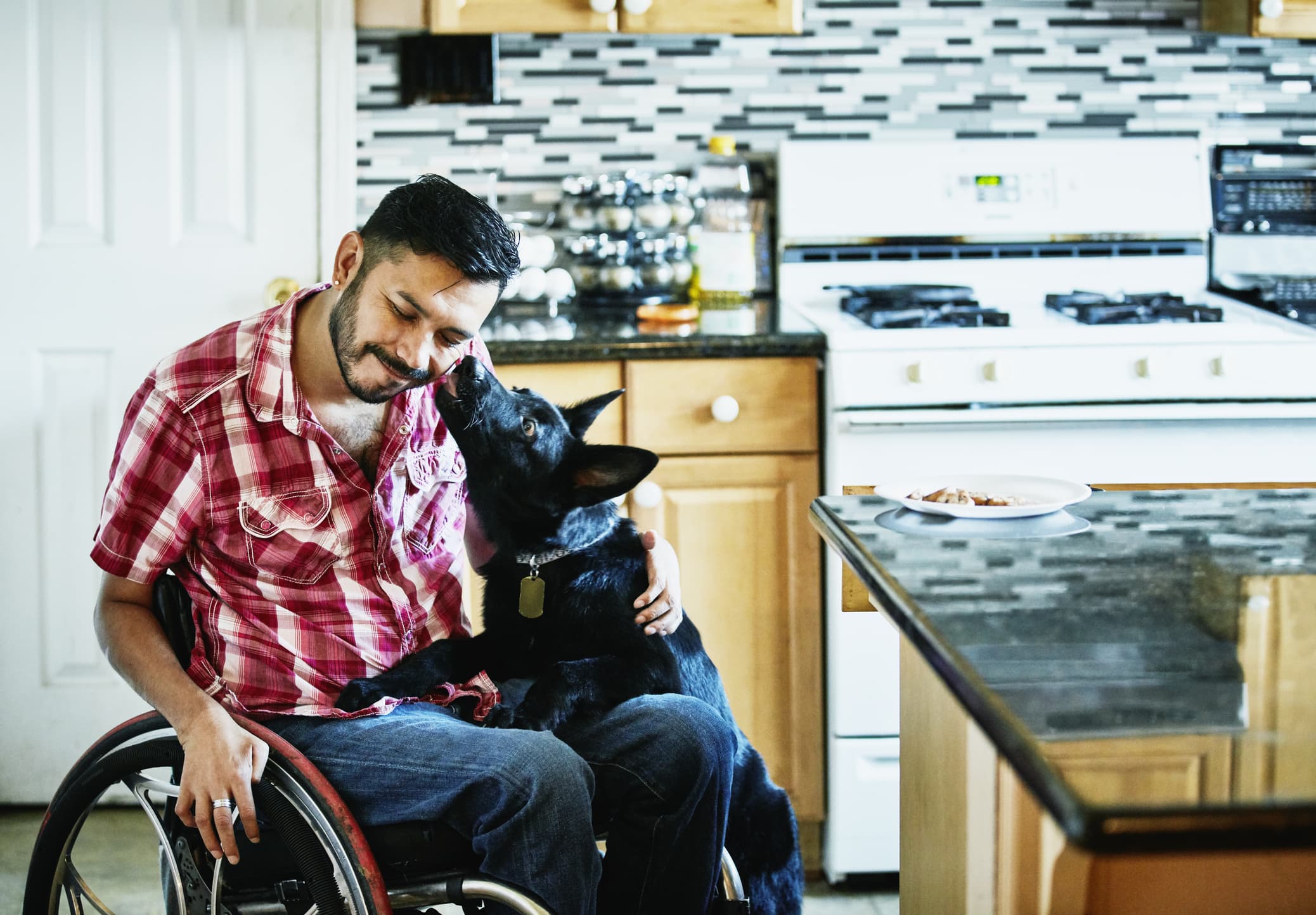For the first time, adult dependents will be eligible for a stimulus check.
One year into the pandemic, many have an immediate need for the funds. Yet those with disabilities who want to save their stimulus money might instead consider putting it into a so-called ABLE account.
This tax-advantaged and state-sponsored savings account allows disabled individuals to set aside up to $15,000 a year without losing critical government benefits, such as Medicaid. The total savings limit varies from state to state, but anything over $100,000 means a suspension of Social Security disability benefits.
In order to qualify for government aid, an individual’s assets generally are capped at $2,000, outside of his or her ABLE account.
More from Invest in You:
Covid bill to waive taxes on $20,400 of unemployment pay for couples
Here’s what you need to know about filing an amended tax return
A majority of U.S. women are burned out. Here’s how to cope
“The ABLE account allows you to stretch out the stimulus check,” said Charlie Massimo, senior vice president at Wealth Enhancement Group, headquartered in Plymouth, Minnesota.
“You are not forced to spend it in 12 months.”
The new eligibility is part of the $1.9 trillion American Rescue Plan that was just passed by Congress and is awaiting President Joe Biden‘s signature. Previously, only those under 17 received payments.
As many as 26 million adult dependents — including disabled adults, college students and the elderly — would be affected, according to a May report from the American Enterprise Group.
‘Financial support for the rest of their lives’
For Massimo, the ABLE plans have been a lifeline. Two of his 21-year-old triplets have autism and have money set aside in these accounts. They plan on depositing some of their stimulus funds to them, as well.
Money in the accounts can be spent on qualified disability expenses and include housing, food, transportation, health care and other items that can help improve quality of life, according to the ABLE National Resource Center.
An ABLE account differs from a special needs trust, which doesn’t have as many allowances in its spending, Massimo said.
“As a parent, you have a responsibility not only to look out for the short term but also look out for the long term,” he said.
“My boys are going to need financial support for the rest of their lives,” Massimo added. “As a parent, we have to balance that out.”
They really are a critical savings mechanism for people with disabilities.Bethany LillySenior director of income policy with The Arc
Already, there has been an increased interest in the plans.
As of Dec. 31, there were 82,019 accounts with $643 million in ABLE accounts, according to ISS Market Intelligence, a division of investment advisor Institutional Shareholder Services.
That’s up from $538 million in assets spread across more than 75,000 accounts as of Sept. 30.
Yet many still aren’t aware of the benefits of ABLE accounts.
“They really are a critical savings mechanism for people with disabilities,” said Bethany Lilly, senior director of income policy with The Arc, a nonprofit that advocates for those with disabilities.
“I’d like to see greater enrollment”
More can also be done to help disabled Americans gain access. Currently, only those who had the disability before turning 26 years old qualify.
Legislation introduced to the Senate and House in 2019 upped that age to 46, but further action has yet to be taken.
Finding a plan
Most, but not all, states — 43, plus the District of Columbia — offer ABLE plans.
Similar to a 529 College Savings Plan, you don’t have to sign up for your own state’s program. You can compare the different offerings on the ABLE National Resource Center’s website at ablenrc.org.
SIGN UP: Money 101 is an 8-week learning course to financial freedom, delivered weekly to your inbox.
CHECK OUT: Single mom earns $10,000/month on Outschool: ‘I would have never been able to make as much money as a regular teacher’ via Grow with Acorns+CNBC.
Disclosure: NBCUniversal and Comcast Ventures are investors in Acorns.
